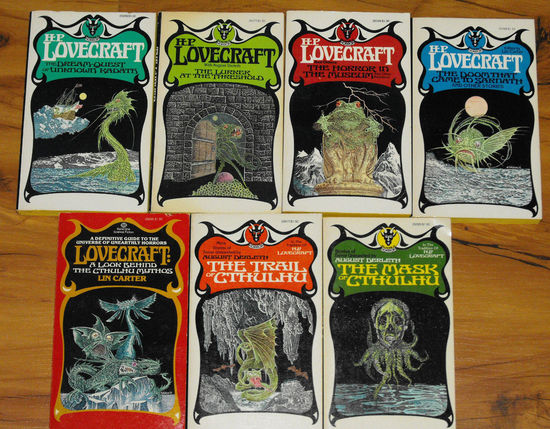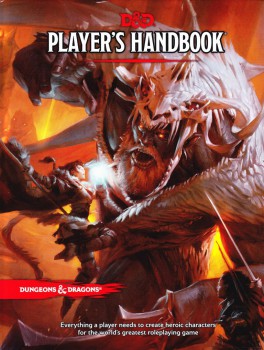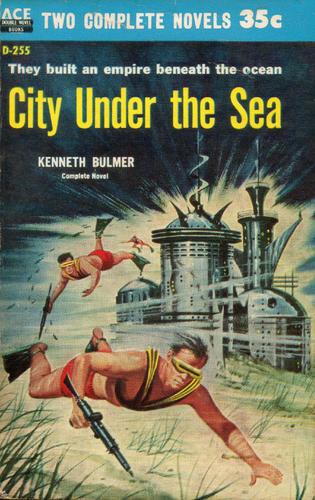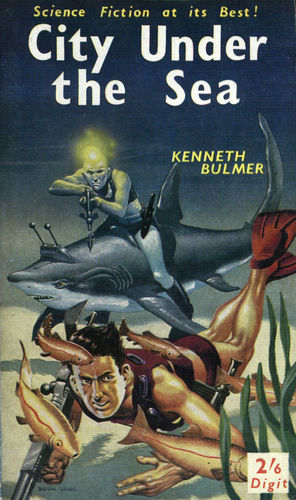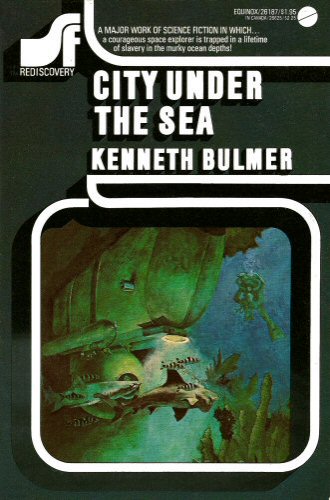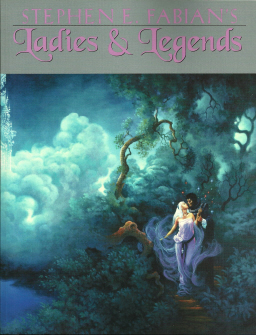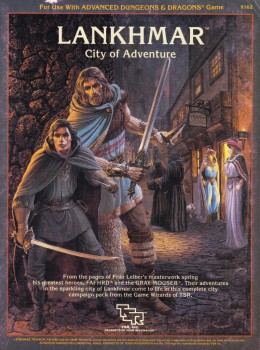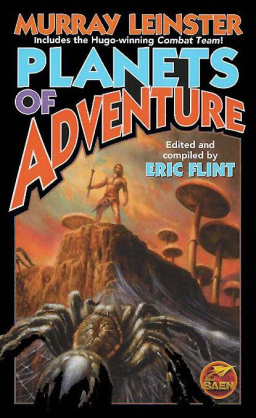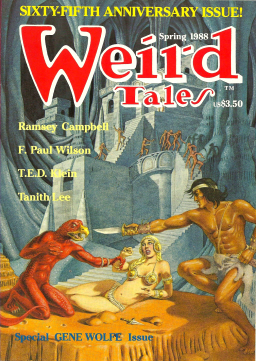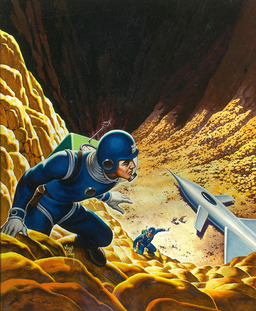 I don’t often report on Kickstarter projects. But in this case, I’m making an exception — both due to the quality of the book and the people involved.
I don’t often report on Kickstarter projects. But in this case, I’m making an exception — both due to the quality of the book and the people involved.
Bob Garcia’s American Fantasy Press is publishing The Collectors Book of Virgil Finlay, the first new Virgil Finlay art book in twenty years, featuring art from the extensive collections of Robert Weinberg, Doug Ellis, Glynn Crain, and Robert K. Wiener. The publishers have launched a Kickstarter Campaign to help defray some of the considerable costs in preparing and publishing the book. Here’s Donato Giancola, cover artist for Black Gate 15, on the artist:
Finlay’s dizzying compositions and incredible draftsmanship recall the dense compositions of Renaissance artists Hieronymus Bosch and Albrecht Durer, while at the same time embracing the modern aesthetics of abstraction. His black and white images are ground breaking, unforgettable, and reflective of a genius at play in the world of art.
From 1936-1971, Virgil Finlay illustrated an astounding amount of pulp fiction, including 19 Weird Tales covers and fabulous interior work for Amazing, Famous Fantastic Mysteries, Fantastic Novels, Fantastic Universe, Galaxy, IF, and many others. See samples of his work in Bob’s last article for us here, and a few of his covers here, here, and here.
The Collectors Book of Virgil Finlay is scheduled for release at this year’s World Fantasy Convention. It will contain 35 full color paintings, the largest collection of his color work ever assembled in print, plus another 13 pages of additional color work, over 150 pages of black and white artwork, and commentary on the artist by two of the field’s foremost pulp art collectors: Robert Weinberg and Doug Ellis. It is an oversized 9″ x 12″ hardcover, 208 pages.
The Kickstarter campaign is scheduled to end on Virgil Finlay’s Centenary Birthday: July 23, 2014; after just 10 days, the project is already fully funded. Get more information or contribute at the Kickstarter page here.
